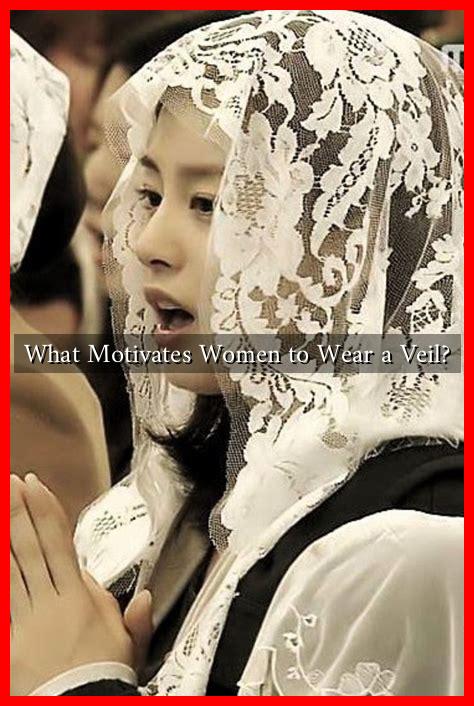-
Table of Contents
What Motivates Women to Wear a Veil?
The practice of wearing a veil is deeply rooted in various cultures and religions around the world. For many women, donning a veil is not merely a matter of tradition; it is a complex interplay of personal beliefs, cultural identity, and social dynamics. This article explores the multifaceted motivations behind why women choose to wear a veil, examining religious, cultural, personal, and social factors.
Religious Significance
For many women, wearing a veil is primarily a religious obligation. In Islam, for instance, the hijab is seen as a form of modesty and a way to express faith. The Quran encourages women to dress modestly, and many interpret this as a directive to wear a veil. However, the motivations can vary significantly among individuals:
- Obedience to Religious Texts: Many women feel a strong sense of duty to adhere to religious teachings, viewing the veil as a symbol of their commitment to their faith.
- Spiritual Connection: Wearing a veil can enhance a woman’s spiritual experience, allowing her to feel closer to her beliefs and community.
- Community Identity: In many Muslim communities, wearing a veil fosters a sense of belonging and solidarity among women.
According to a study published in the Journal of Muslim Minority Affairs, approximately 62% of Muslim women in Western countries reported wearing a veil as a personal choice rather than an obligation, highlighting the diversity of motivations within religious contexts.
Cultural Identity and Heritage
In addition to religious motivations, cultural identity plays a significant role in why women wear veils. For many, the veil is a symbol of their heritage and cultural pride. This is particularly evident in communities where traditional dress is an essential aspect of cultural expression.
- Preservation of Tradition: Women may wear a veil to honor their ancestors and maintain cultural practices that have been passed down through generations.
- Symbol of Resistance: In some contexts, wearing a veil can be an act of defiance against Westernization or colonial influences, asserting one’s cultural identity.
- Family Expectations: Cultural norms often dictate dress codes, and many women wear a veil to meet familial expectations and uphold family honor.
For example, in countries like Afghanistan and Iran, the veil is not only a religious symbol but also a cultural one, representing national identity and historical continuity.
Personal Choice and Empowerment
Interestingly, many women view wearing a veil as a personal choice that empowers them. This perspective challenges the stereotype that veiling is solely a form of oppression. Women often articulate their motivations in terms of autonomy and self-expression:
- Personal Empowerment: Some women feel that wearing a veil allows them to take control of their bodies and how they present themselves to the world.
- Fashion Statement: The veil can also be a fashion accessory, with many women creatively styling their veils to reflect their personal taste.
- Rejection of Objectification: By covering their hair and bodies, some women aim to shift the focus away from their physical appearance, promoting a more profound appreciation for their intellect and character.
A survey conducted by the Pew Research Center found that 43% of Muslim women in the U.S. reported wearing a hijab as a form of personal expression, indicating a growing trend towards viewing veiling as a choice rather than an obligation.
Social Dynamics and Community Influence
Social factors also play a crucial role in the decision to wear a veil. Peer influence, societal expectations, and community norms can significantly impact individual choices:
- Peer Pressure: In some communities, wearing a veil is the norm, and women may feel pressured to conform to avoid social ostracism.
- Support Networks: Women often find solidarity and support within their communities, which can reinforce their decision to wear a veil.
- Public Perception: In certain contexts, wearing a veil can influence how women are perceived in society, affecting their social interactions and opportunities.
For instance, in countries like Saudi Arabia, where veiling is mandated by law, the social dynamics surrounding veiling are markedly different from those in more liberal societies.
Conclusion
The motivations behind why women choose to wear a veil are diverse and complex, encompassing religious beliefs, cultural identity, personal empowerment, and social dynamics. Understanding these motivations requires a nuanced approach that respects individual choices and acknowledges the varying contexts in which veiling occurs. As society continues to evolve, so too will the conversations surrounding the veil, challenging stereotypes and fostering greater understanding among different cultures and communities.
For further reading on this topic, you can explore resources from organizations like Women’s Rights and the Pew Research Center.


